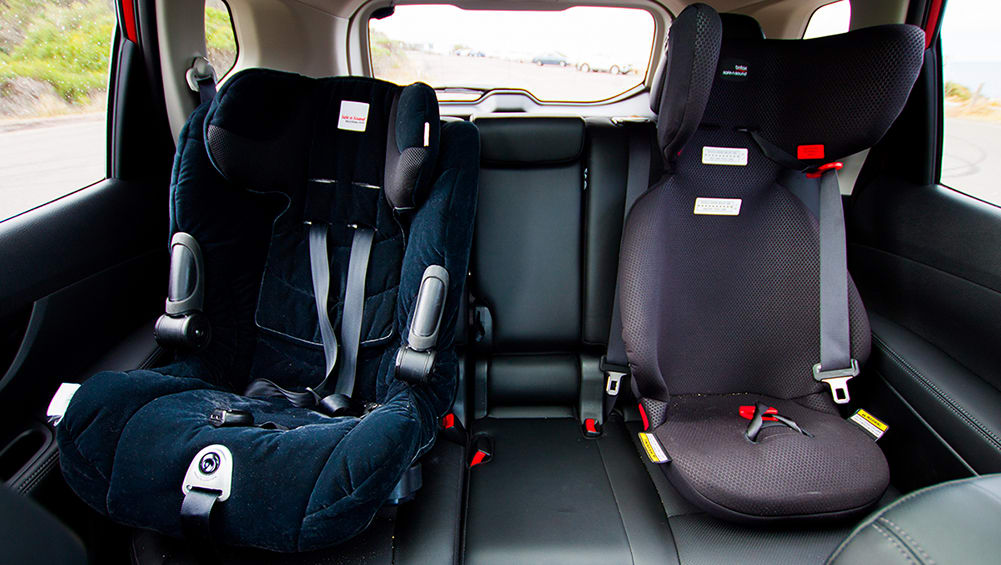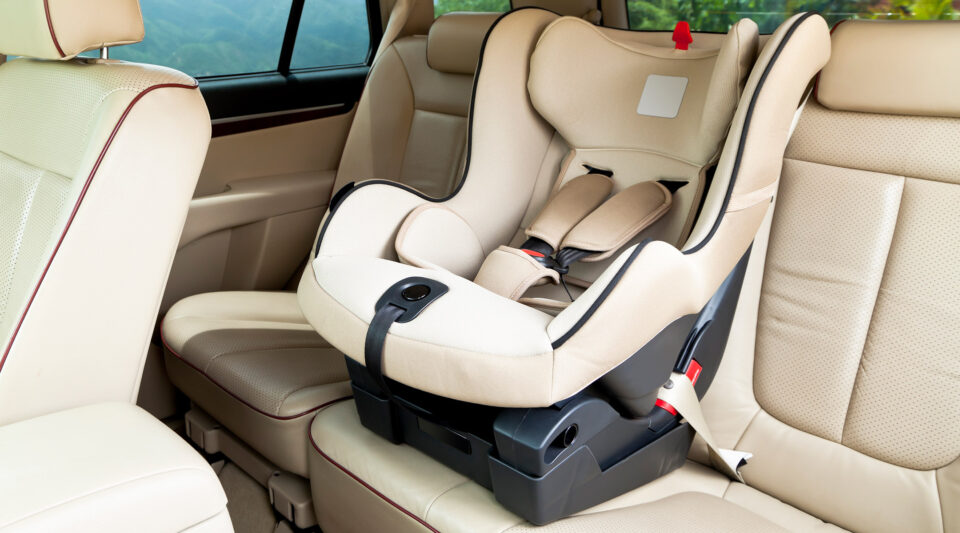You might be wondering why child car seats expire. After all, they’re designed to protect your little one for a decade or more.
The truth is, most car seats expire because the manufacturer has determined that the seat no longer meets their safety standards. In some cases, it may only have a limited warranty, and if it expires, you may not be able to get a replacement.
There are a few things you can do to make sure your child’s car seat stays in good condition for as long as possible.
A Child Car Seat Expires Every Five Years

Child car seats expire every five years, and it is important to remember this date so you don’t end up purchasing a new one before your current travel car seat expires. Additionally, there are a few things to know about expiration dates and child car seats in general. Here are some of the most common reasons why child car seats expire:
– The safety features of the car seat may no longer be necessary if your child is no longer using it as their primary mode of transportation.
– The fabric or padding in it may have deteriorated beyond safe use, which can lead to serious injuries if your child were to fall out of the seat.
– It may have been recalled and therefore should not be used.
So, make sure that you keep all documentation for your car seat including the original receipt and registration (if applicable). If you lose any of these items, it will be difficult to get a new one. If you plan to use it for more than five years from the date of manufacture, it is important to get a new car seat. A toddler car seat that is only two years old will still be effective for another two years, but a child’s safety decreases as they age, so it is important to replace a car seat as soon as possible.
How to Know if Your Child’s Seat is Expired?
In the United States, children are required to use a car seat until they reach the age of six. Once a child reaches this age, it must be replaced with a booster seat or a secondary safety device. It is important for parents to keep track of the expiration date on their child’s car seat in order to ensure that it is still meeting safety requirements.
There are several means by which parents can verify the expiration date on their child’s car seat:
– Printed label: Each car seat has a label that includes the manufacturer’s information and the expiration date.
– E-tag: The E-tag attached to most car seats will also include an expiration date.
– Bar code: The barcode located on the back of most car seats will also include an expiration date.
– Digital image: Many newer cars now come with dash cameras that can capture images of children in their car seats and store them online for parents to access. If your child’s car seat has been registered online, you can view the image to see if it has an expiry date listed.
If any one of these methods does not work, then it may not have an expiration date listed and should be replaced immediately.
You Can Renew a Child’s Seat Up to Six Months Before It Expires

Child car seats expire for a number of reasons. In most cases, the date on the seat is simply the expiration date set by the manufacturer. However, if a child has not been using the seat, it may have a timer that will expire after a certain amount of time or when the child reaches a certain age.
If you need to renew your child’s car seat before it expires, there are several steps you can take. First, check with your vehicle’s manufacturer to see what their policy is on replacing or renewing child car seats prior to expiration. Many manufacturers offer a limited time window in which you can bring in your old seat and receive a new one at no cost.
If your vehicle does not have this option and your child’s seat has reached its expiration date, you can still renew it by taking it to either a car dealership or an official car-seat retailer. Both of these places will charge you an installation fee and some might also charge a replacement fee for expired seats.
You Can Get a Replacement Seat if Your Child’s Seat is Expired or Broken
When your child’s car seat expires, it means the seats are no longer certified by the National Highway Traffic Safety Administration (NHTSA). The NHTSA sets a maximum expiration date for each model year car seat. If it has an expiration date within the NHTSA limit, it is still safe to use. However, you need to replace it if it reaches its expiration date. Car seats go through regular safety inspections and will only be replaced if there is a safety issue found.
There are a few other reasons why a child’s car seat might need to be replaced: if the padding or fabric tears; if the straps no longer fit well; or if there is damage to the structure of the car seat.
You Must Have the Original Manufacturer’s Receipt to Renew a Seat

Manufacturers tend to recommend that car seats be replaced every five years, although the guidelines vary by model. However, regardless of when your seat was made, it’s important to understand that they expire and need to be replaced if the expiration date is near. Seat manufacturers typically give a few months’ notice before a seat’s expiration date.
There are several reasons why car seats expire: improper use, damage from accidents, or exposure to extreme heat or cold. Children grow and their bodies change constantly, so it’s important for them to have a safe and comfortable ride in the car. Car seats should be replaced if they show any of the following signs of wear or damage:
- Rips in fabric.
- Cracks in plastic.
- Seams coming apart.
- Loose fabric around the straps or cushions.



